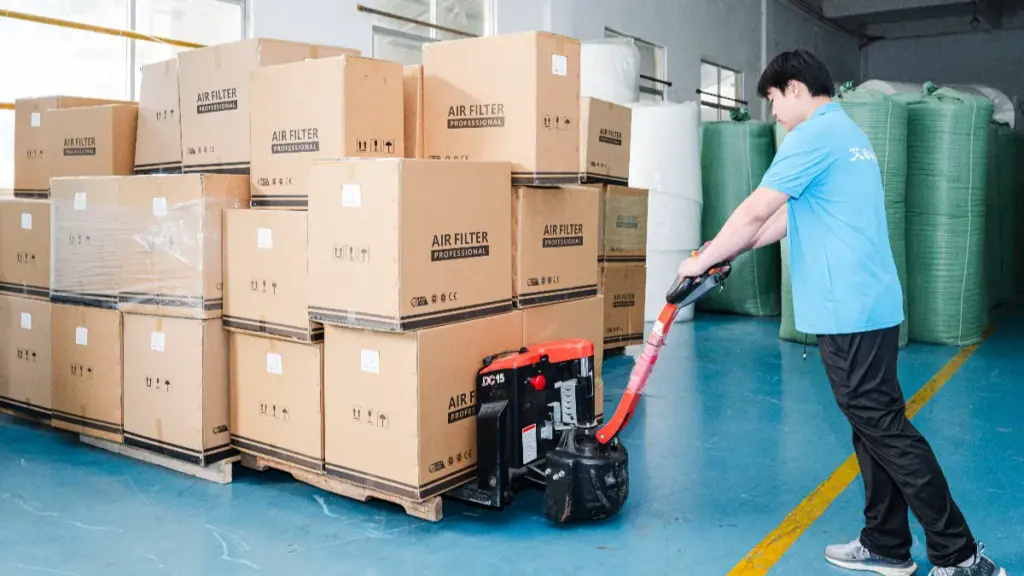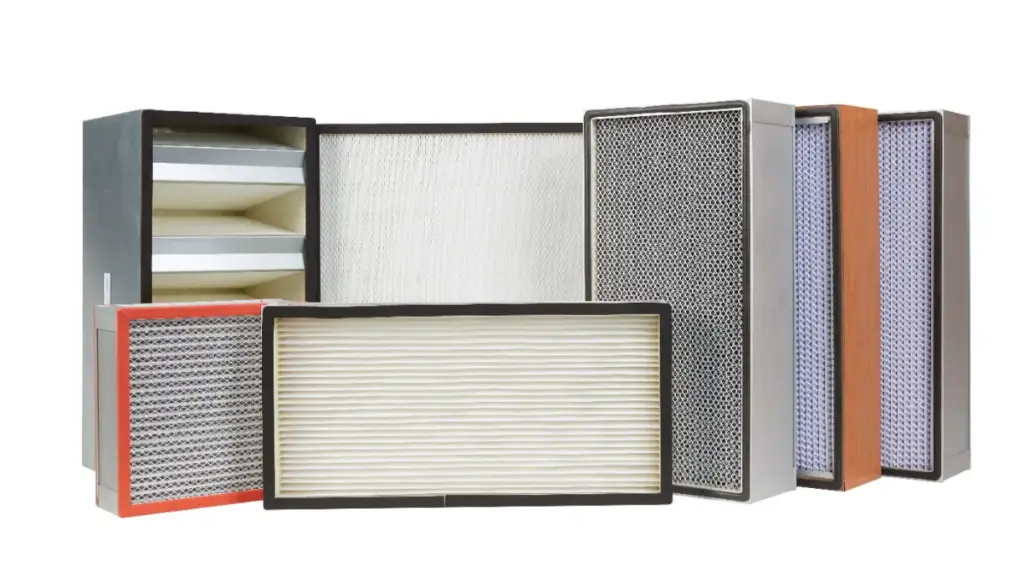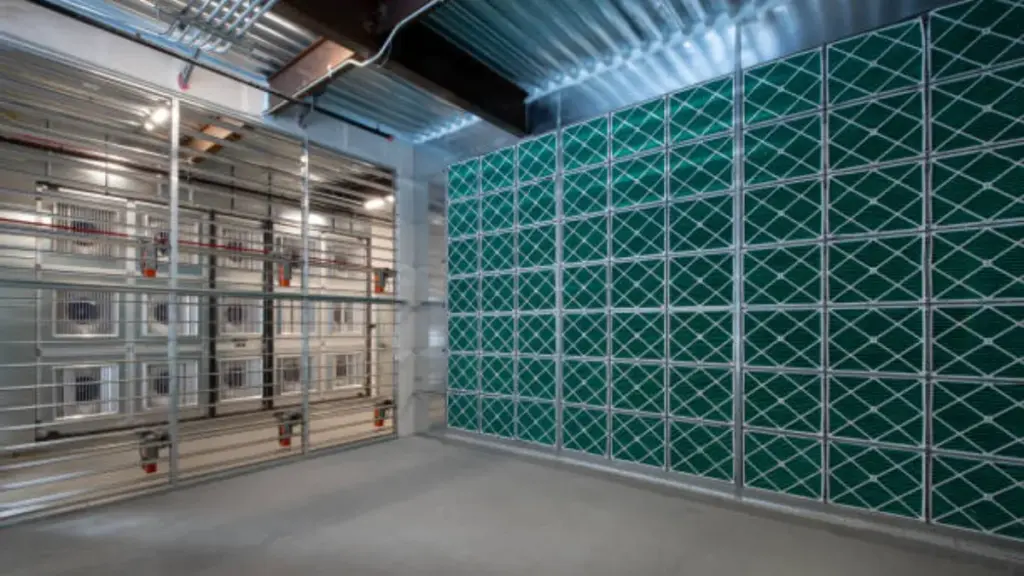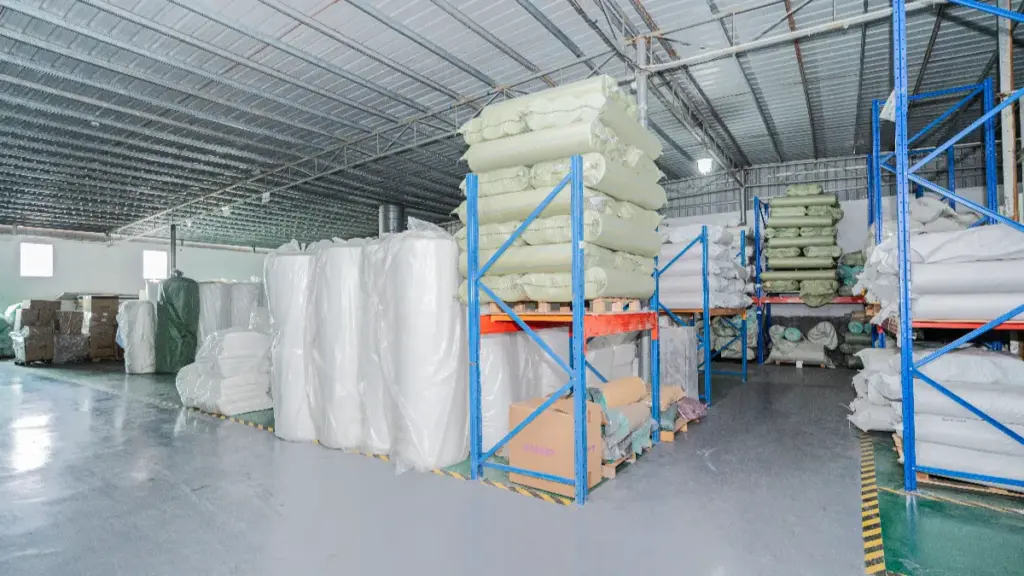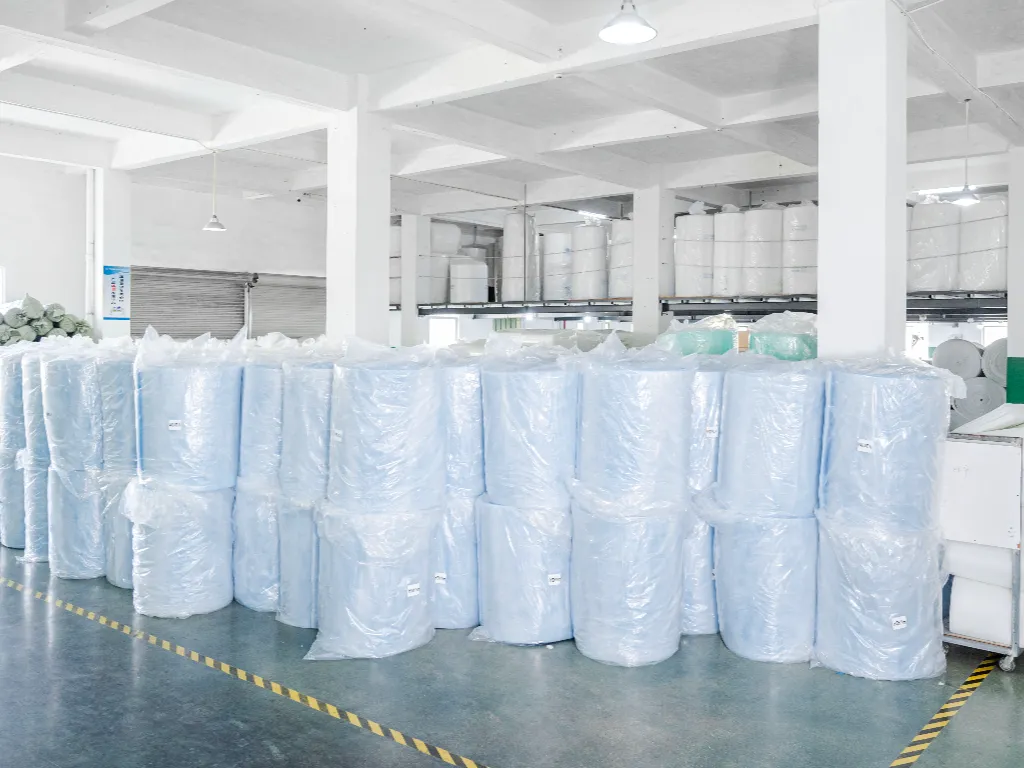Choosing the right air filter is one of the most important decisions for maintaining clean and healthy indoor air. The Minimum Efficiency Reporting Value (Mervicio) rating is a standard that helps homeowners understand how effectively an air filter can trap particles of various sizes. But with MERV ratings ranging from 1 a 20, how do you know which one is best for your home?
This guide will explain what MERV ratings actually mean, compare performance levels across the scale, and help you choose the right filter for your living space. Whether you’re suffering from allergies, have pets at home, or simply want cleaner air, this article will help you make an informed decision.
What Does MERV Rating Actually Mean and How Is It Calculated?

MERV representa un valor de informes de eficiencia mínima, a standardized rating system developed by ASHRAE under specification ASHRAE Standard 52.2. This rating is designed to measure how effectively an air filter captures airborne particles from the air that passes through it.
According to ASHRAE 52.2, filters are tested across 12 distinct particle size ranges, from 0.3 a 10 micras, using standardized testing procedures in controlled environments. The final MERV rating is determined based on the filter’s average removal efficiency within three key particle size categories:
- 0.3–1.0 microns
- 1.0–3.0 microns
- 3.0–10.0 microns
The higher the MERV rating, the more efficient the filter is at trapping smaller particles. Sin embargo, a higher rating can also mean greater airflow resistance, which is why choosing the right MERV level requires a balance between air quality needs and HVAC system capabilities.
MERV Rating Comparison Chart and Performance Breakdown (Mervicio 1-20 Explained)
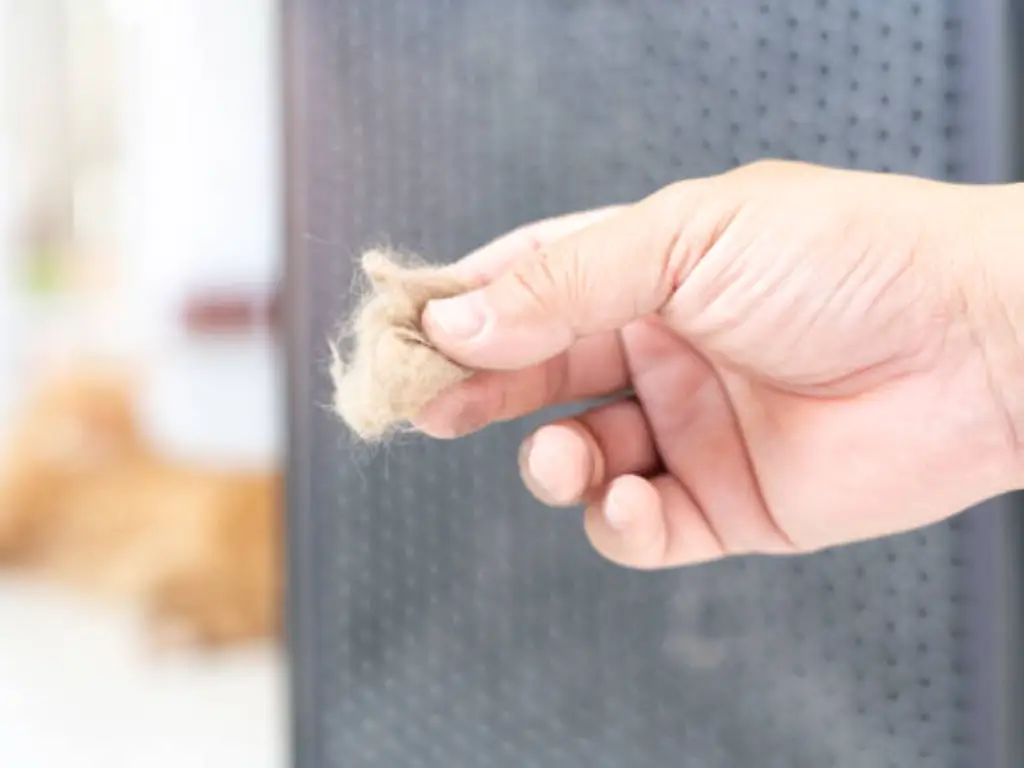
The chart below provides a breakdown of each MERV rating from 1 a 20 based on average particle size efficiency and filterable particle size range. This information is based on standardized lab testing under ASHRAE 52.2 protocol.
| Calificación de Merv | Typical Particle Size Range (micras) | Average Particle Removal Efficiency (%) |
| Merv 1–4 | 3.0–10.0 | 20%–35% |
| Mervicio 5 | 3.0–10.0 | ~35% |
| Mervicio 6 | 3.0–10.0 | ~49% |
| Mervicio 7 | 3.0–10.0 | ~59% |
| Mervicio 8 | 3.0–10.0 | ~70% |
| Mervicio 9 | 1.0–3.0 | ~70% |
| Mervicio 10 | 1.0–3.0 | ~ 75% |
| Mervicio 11 | 1.0–3.0 | ~80% |
| Mervicio 12 | 1.0–3.0 | ~85% |
| Mervicio 13 | 0.3–1.0 | ~89% |
| Mervicio 14 | 0.3–1.0 | ~90% |
| Mervicio 15 | 0.3–1.0 | ~ 95% |
| Mervicio 16 | 0.3–1.0 | ~95%+ |
| MERV 17–20 | <0.3 | ≥99.97% (HEPA-grade and above) |
Nota: Actual filtration performance may vary slightly depending on the manufacturer, media materials, and filter design, even within the same MERV rating.
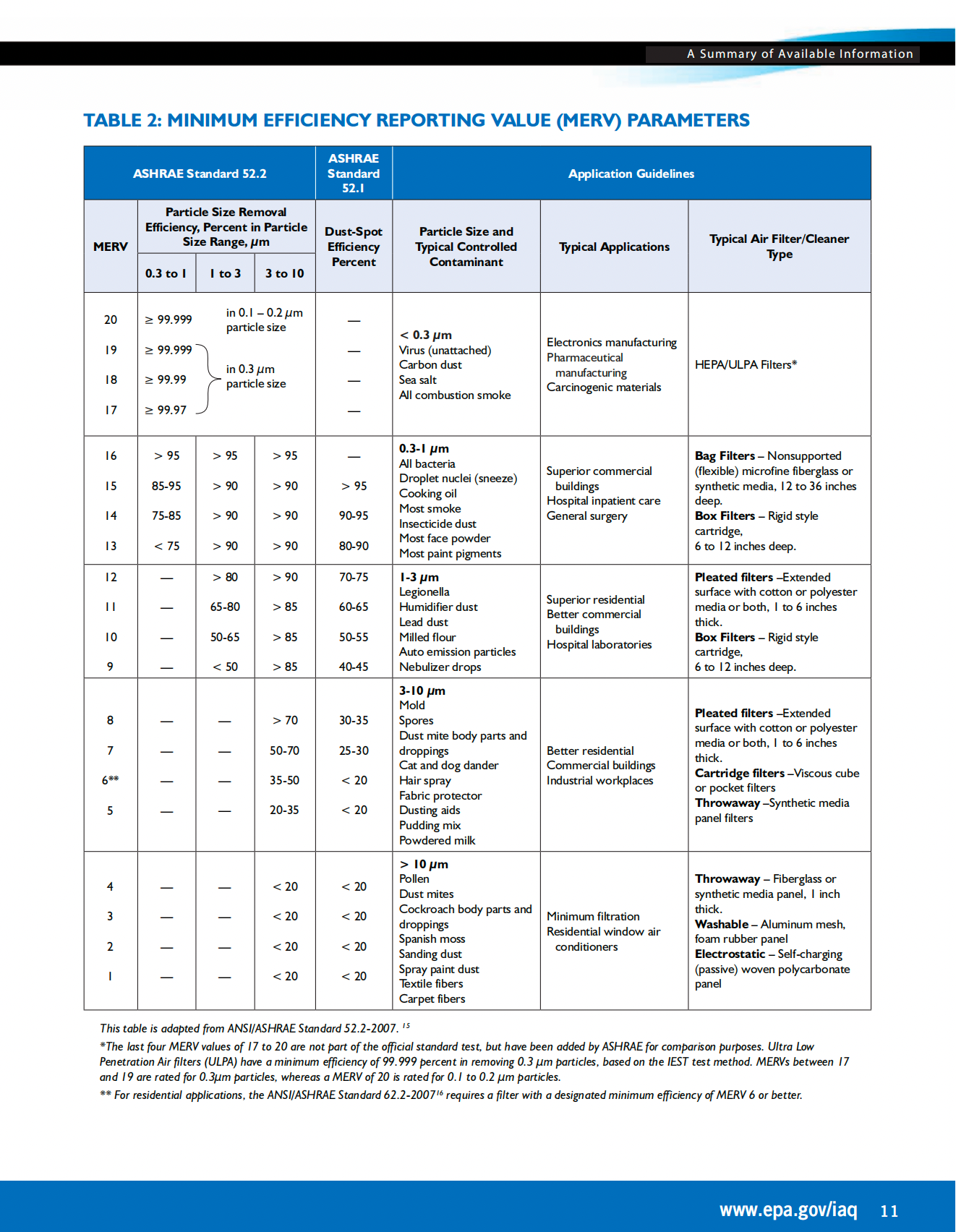
Source: Data adapted from the U.S. Environmental Protection Agency’s technical summary on air cleaners. Para más detalles, refer to the official EPA publication: Residential Air Cleaners – A Technical Summary (EPA)
Pros and Cons of Different MERV Rating Levels
Merv 1–4: Basic Filtration
- Pros: Low cost, minimal airflow restriction, widely available.
- Contras: Limited particle removal, inadequate for allergy sufferers or polluted environments.
Merv 5–8: Improved Residential Filtration
- Pros: Better removal of common allergens such as pet dander and mold spores, moderate impact on airflow.
- Contras: Less effective on finer particles like smoke and bacteria.
Merv 9–12: Enhanced Air Quality
- Pros: Efficient at trapping smaller particles; suitable for allergy or asthma concerns.
- Contras: Mayor resistencia al flujo de aire, may require more frequent filter changes.
Merv 13–16: Hospital-Grade Filtration
- Pros: High capture efficiency including bacteria and virus carriers.
- Contras: Needs HVAC systems designed for high-resistance filters; higher cost.
MERV 17–20: HEPA-Level Filtration
- Pros: Near-complete removal of microscopic particles; critical for sensitive environments.
- Contras: Very high airflow resistance; typically incompatible with residential HVAC; expensive.
What MERV Rating Do I Need for My Home?

The ideal MERV rating for residential use depends on your indoor air quality goals, health needs, mascotas, y capacidad del sistema HVAC. Here’s a breakdown of recommended levels:
Merv 1–4: Minimal Protection
These are basic filters that provide the lowest level of filtration. They only trap large airborne particles.
- Capturas: Pollen, fibras de alfombra, ácaros del polvo.
- Recommended Use: Basic or temporary use in low-demand environments like garages or older systems with limited airflow capacity.
Merv 5–8: Standard Residential Quality
This range offers moderate filtration suitable for most homes. It balances efficiency and system compatibility.
- Capturas: Esporas de moho, caspa de mascota, household dust.
- Recommended Use: Homes with pets or residents with mild allergies.
Merv 9–12: High-Efficiency Household Filters
These filters significantly improve indoor air quality by removing finer particles.
- Capturas: Auto emissions, lead dust, fine allergens.
- Recommended Use: Homes in urban or industrial areas, or with allergy/asthma concerns.
Merv 13–16: Advanced Residential or Light Commercial
High-performance filters designed for environments requiring clean, healthy air.
- Capturas: bacterias, tobacco smoke, virus-carrying particles.
- Recommended Use: Healthcare-sensitive households or premium home filtration systems (must ensure HVAC compatibility).
MERV 17–20: True HEPA-Level Filtration
These are ultra-high efficiency filters used in specialized settings.
- Capturas: 99.97% de partículas ≥0.3 micras, including viruses and ultrafine contaminants.
- Recommended Use: Salas limpias, laboratorio médico, or custom retrofitted residential systems.
How Often Should You Replace Filters Based on MERV Rating?
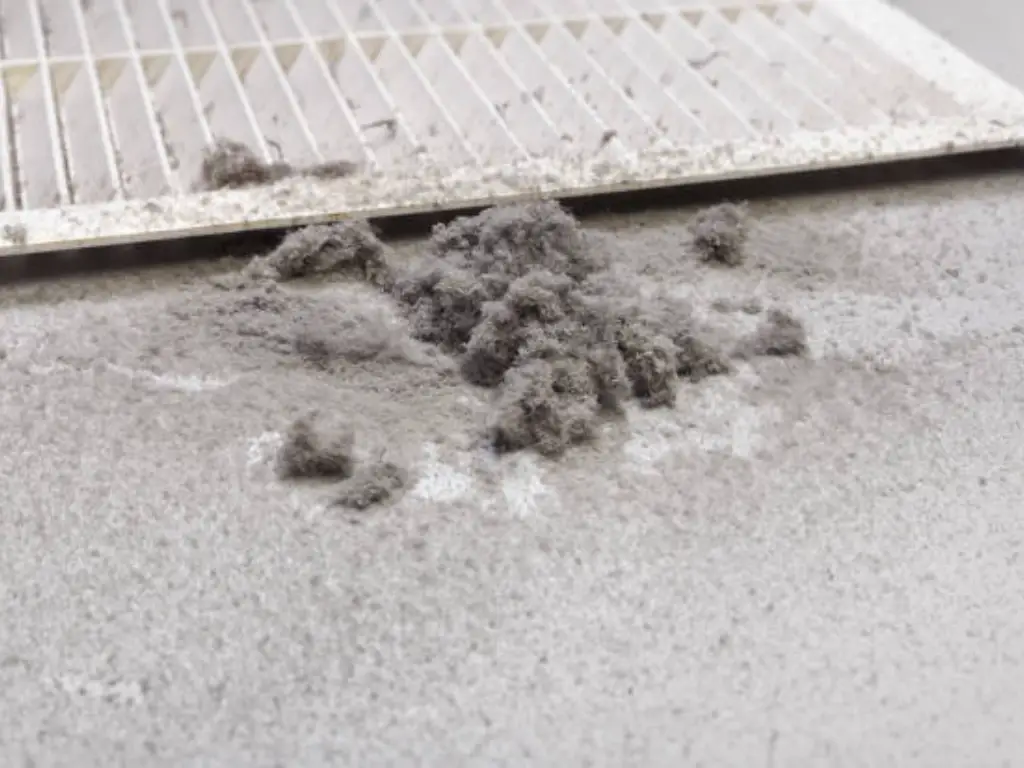
The higher the MERV rating, the more particles a filter captures—and the quicker it can become clogged. Replacing filters on a consistent schedule is critical to maintaining both indoor air quality and HVAC performance.
| Calificación de Merv | Suggested Replacement Frequency |
| Merv 1–4 | Cada 30 días |
| Merv 5–8 | Every 60–90 days |
| Merv 9–12 | Cada 60 días (more often with pets/allergies) |
| Merv 13–16 | Every 30–60 days |
| MERV 17–20 | Cada 30 days or per manufacturer guidelines |
As a air filter manufacturer, we recommend that you inspect filters monthly, especially in high-use seasons (summer/winter), and change them when they look visibly dirty, even if it’s ahead of schedule.
Pensamientos finales: Choosing the Right Filter for Cleaner Air
Understanding MERV ratings empowers you to make smart decisions about your home’s air quality. If you’re aiming for a healthy, dust-free indoor environment, a MERV 8–13 filter is often the best balance between performance and HVAC compatibility.
Como fabricante experimentado de filtros de aire, we offer a full range of MERV-rated filters tailored for residential and commercial systems. Our filters are manufactured to meet strict standards, ensuring consistent performance and durability.
Need help choosing the right filter?
Contact our team for personalized guidance or to place a bulk OEM order for your HVAC business.
Preguntas frecuentes
Is a higher MERV rating always better?
No necesariamente. While higher MERV ratings filter more pollutants, they also restrict airflow. This can put stress on residential HVAC systems not designed for dense filters. Always check compatibility before upgrading.
What MERV rating is best for home use?
Para la mayoría de los hogares, a MERV 8–11 filter offers a good balance between air quality and HVAC compatibility. It captures common household pollutants like dust, caspa de mascota, and mold without overly restricting airflow.
¿Es MERV? 11 demasiado alto para casa?
No, Mervicio 11 is generally safe for modern HVAC systems and provides better filtration than MERV 8. Sin embargo, always check your system’s specifications to ensure it can handle slightly increased resistance.
How do I know if my filter needs to be changed?
- Visual inspection shows dust buildup
- Reduced airflow from vents
- Increased energy bills
- Worsening allergy symptoms
Does my air filter help with COVID-19?
Filters rated MERV 13 or higher are capable of capturing airborne virus carriers. Sin embargo, sin garantías de filtro 100% protection. Proper ventilation and indoor hygiene are also crucial.

